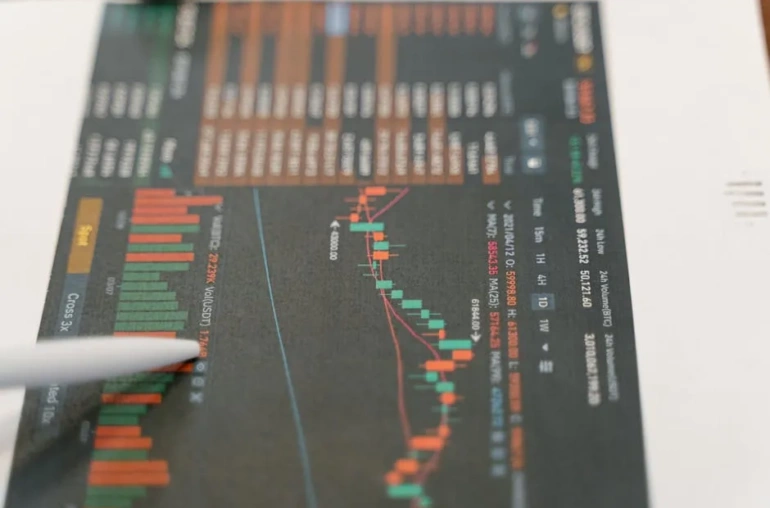
Ethereum: The Next Major Player in Treasury Asset Tokenization
As the landscape of finance continues to evolve, Ethereum is rapidly positioning itself as a compelling treasury asset. With the rise of decentralized finance (DeFi) and a burgeoning tokenization market projected to reach $5 billion, the Ethereum blockchain is becoming increasingly attractive for institutional investors and treasurers alike.
The Rise of Ethereum in DeFi
Ethereum has long been a cornerstone of the cryptocurrency universe, primarily due to its robust smart contract functionality and versatility. As DeFi platforms expand, they are reshaping traditional financial services, allowing users to lend, borrow, and trade assets without the need for intermediaries. This shift not only democratizes access to financial tools but also enhances liquidity and efficiency in the market.
With Ethereum as the backbone of many DeFi applications, it is no surprise that treasury managers are beginning to view it as a viable asset class. Its ability to facilitate seamless transactions and programmable financial instruments makes it an attractive option for those looking to diversify their portfolios.
The Tokenization Boom
The tokenization of assets refers to the process of converting real-world assets into digital tokens that can be traded on a blockchain. This trend has gained significant traction, with an estimated $5 billion in market activity. As more companies and organizations explore the benefits of tokenization, Ethereum stands out due to its established infrastructure and large developer community.
By leveraging Ethereum’s capabilities, businesses can tokenize a variety of assets—from real estate to commodities—allowing for fractional ownership and increased accessibility. This innovative approach not only enhances liquidity but also opens new avenues for investment, making it particularly appealing during times of economic uncertainty.
Institutional Interest in Ethereum
Institutional investors are increasingly recognizing the potential of Ethereum as a treasury asset. With traditional markets facing volatility and inflation concerns, digital assets like Ethereum offer a hedge against traditional financial risks. Furthermore, the growing acceptance of cryptocurrencies by major financial institutions is paving the way for broader adoption.
By incorporating Ethereum into their treasury management strategies, organizations are not just investing in a cryptocurrency; they are positioning themselves at the forefront of financial innovation. As DeFi continues to mature, the role of Ethereum as a treasury asset is likely to grow, marking a significant shift in how companies manage their financial resources.
Conclusion: The Future of Ethereum in Treasury Management
As we move deeper into the digital age, the importance of Ethereum as a treasury asset cannot be overstated. Its role in the DeFi ecosystem, coupled with the ongoing tokenization boom, makes it a strategic choice for organizations looking to enhance their financial operations.
With an increasing number of companies recognizing the benefits of Ethereum, it is poised to become a staple in treasury management, reshaping how organizations approach financial diversification and asset management. The future looks bright for Ethereum, and its potential as a key treasury asset is just beginning to be realized.




